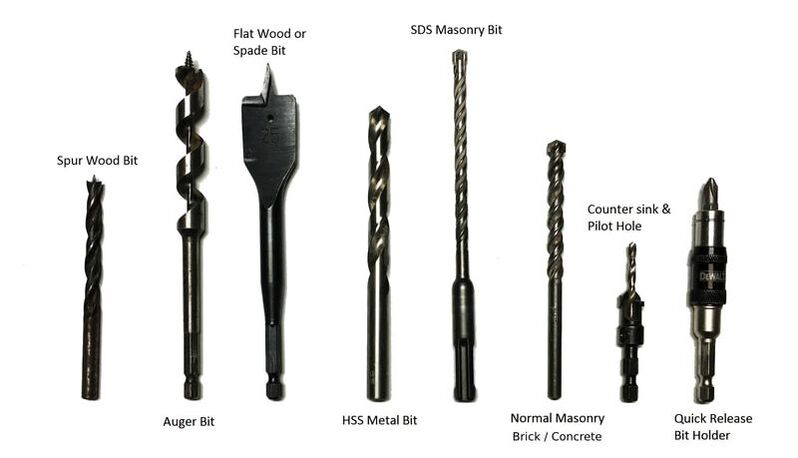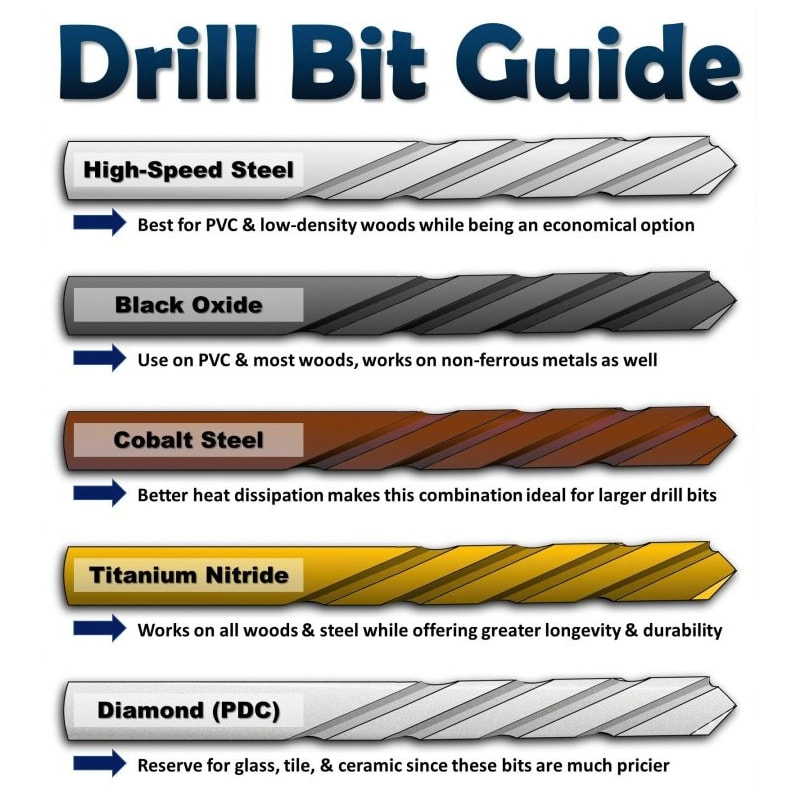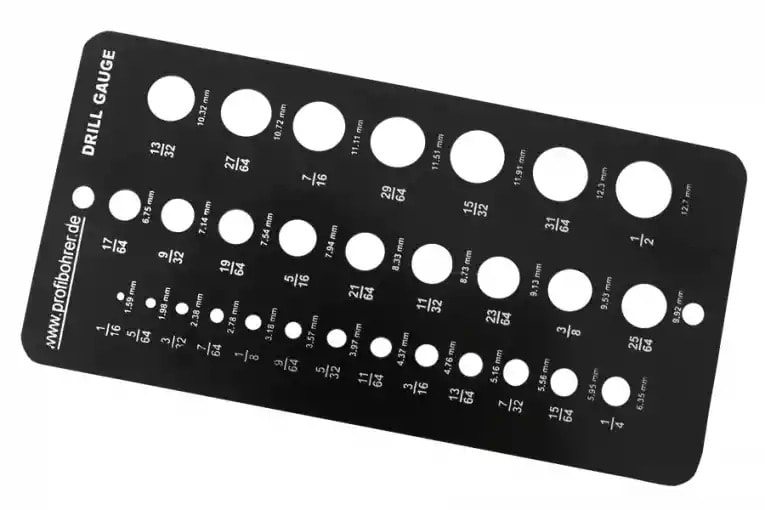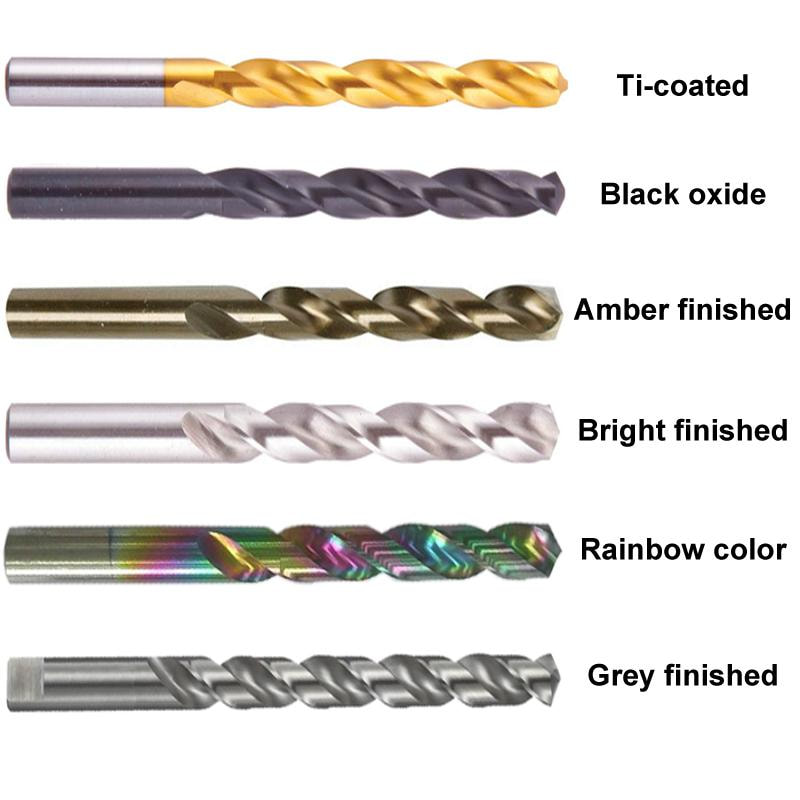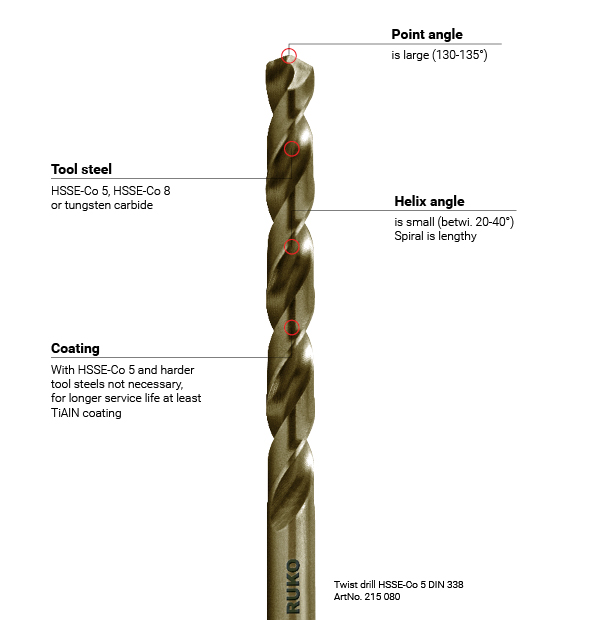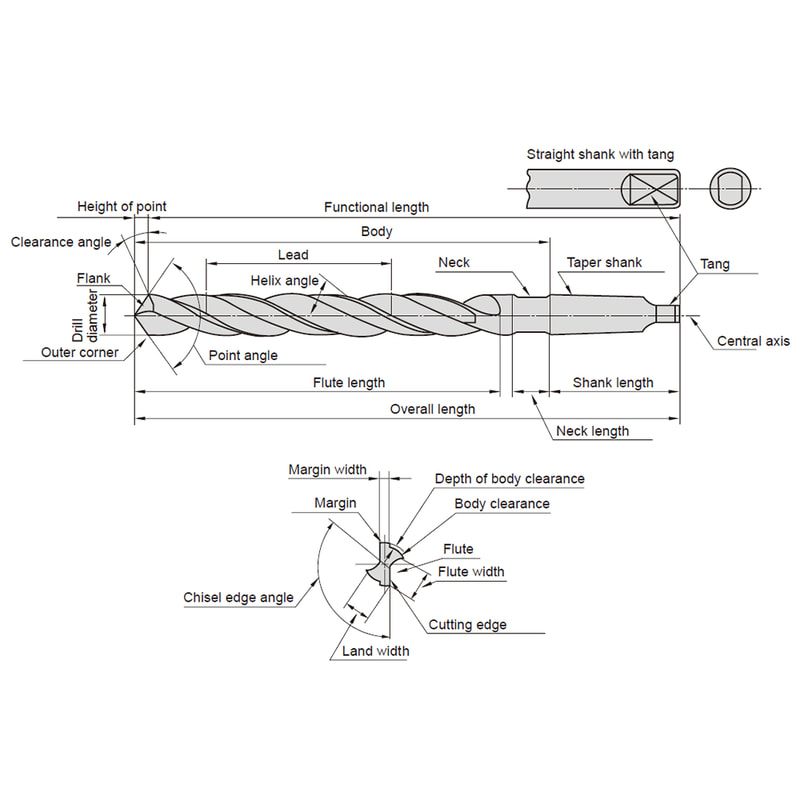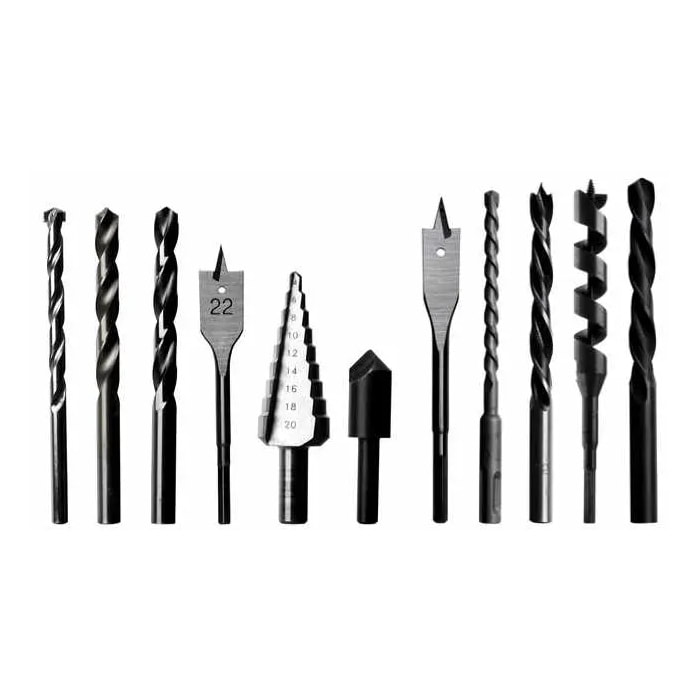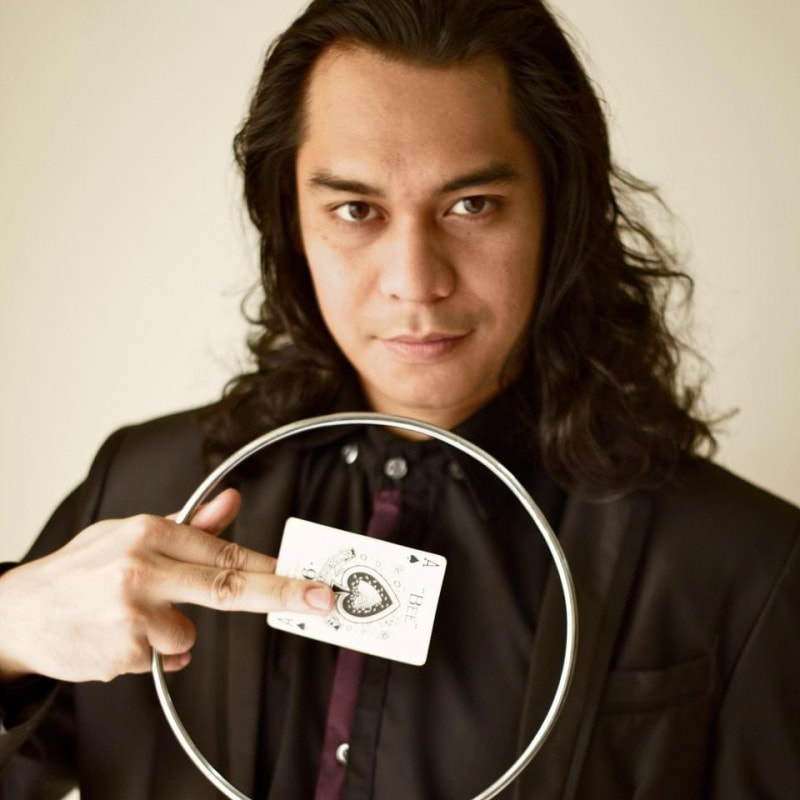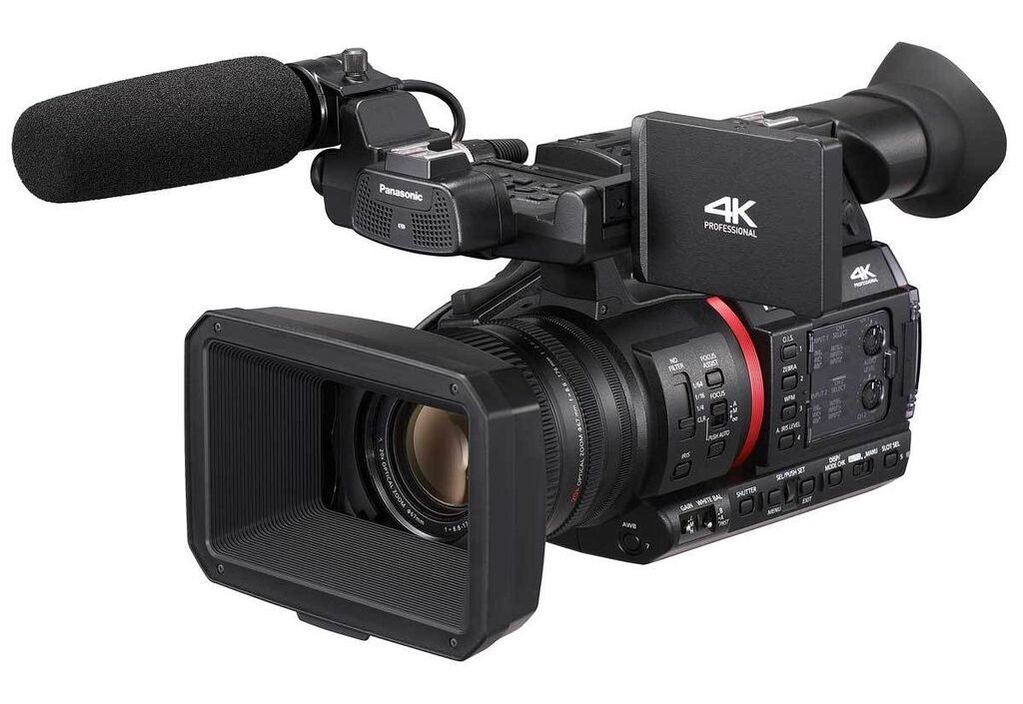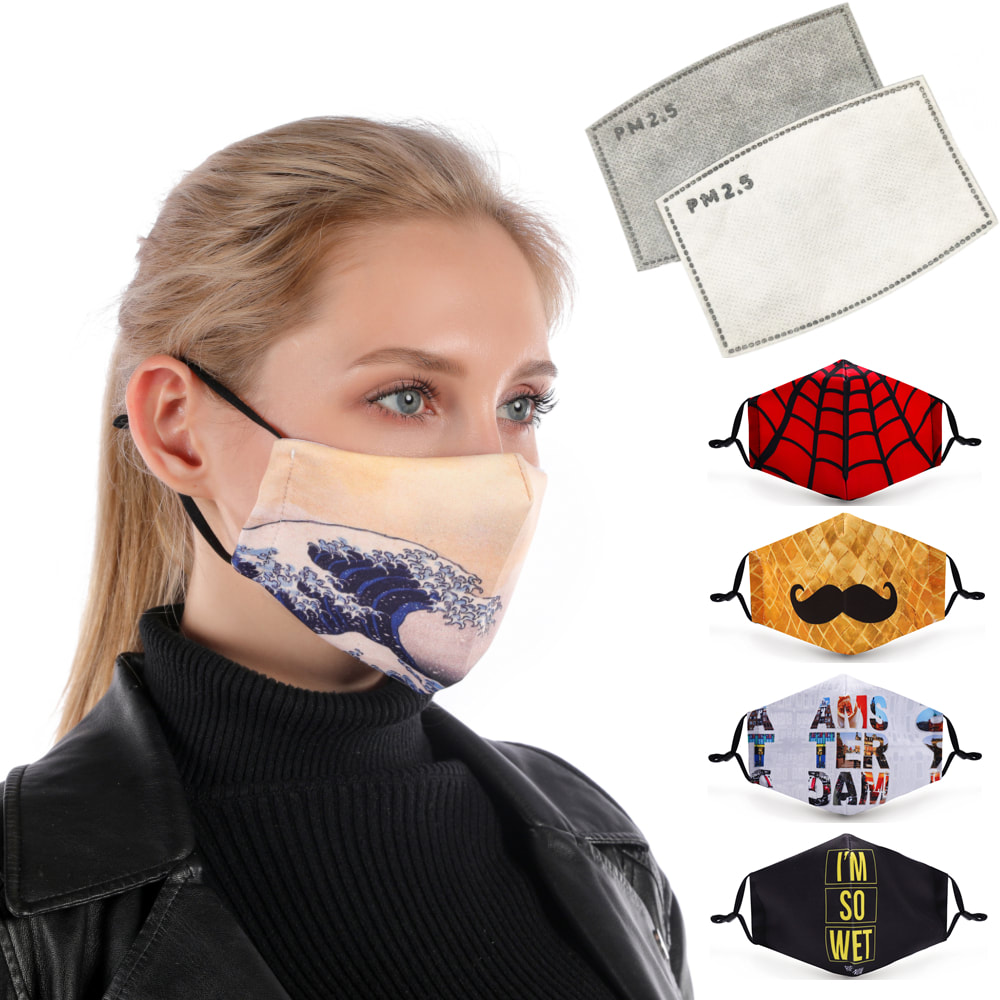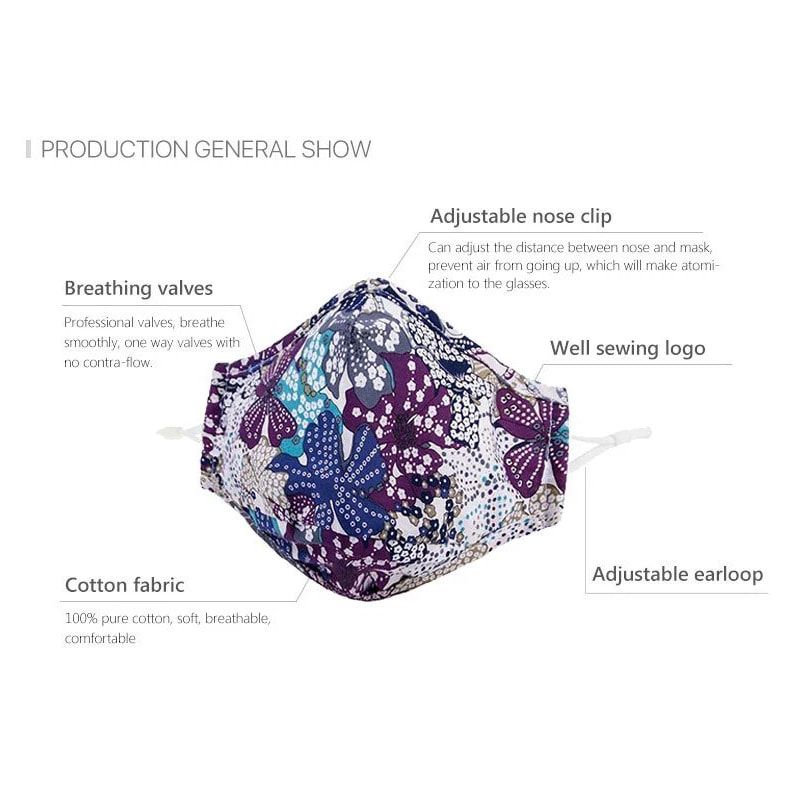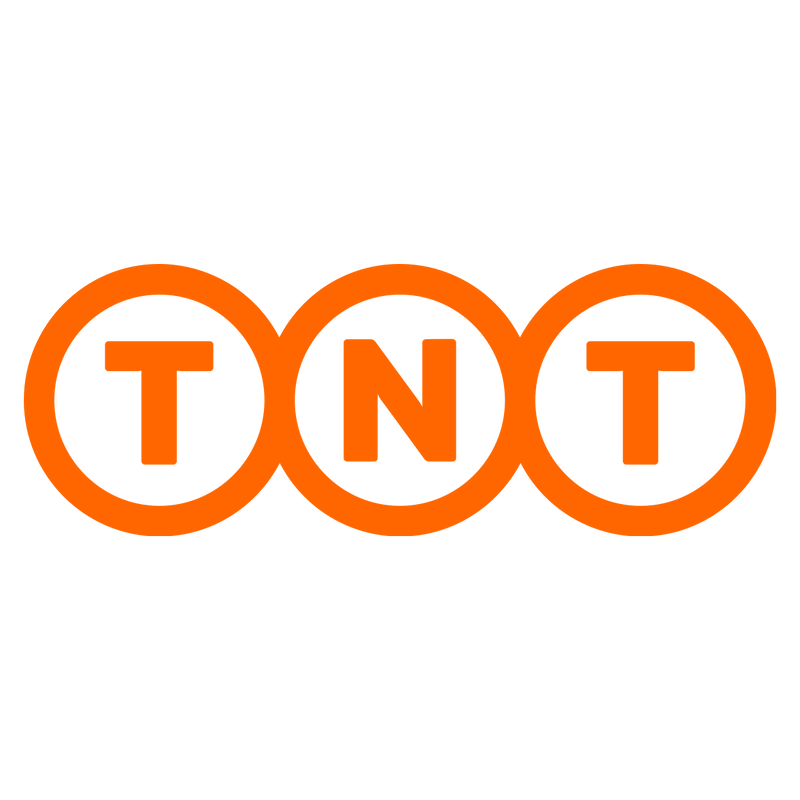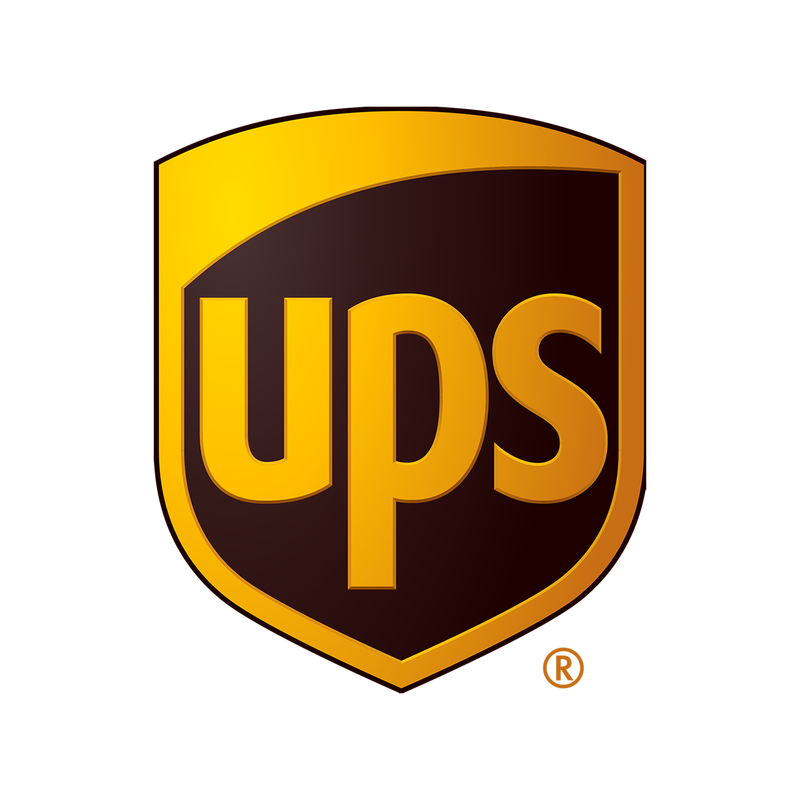Comic Fiesta
Comic Fiesta (CF)'s is an event held with the motto of "event by fans for fans", and is also currently the first and the biggest non-profit ACG convention in Malaysia, organized by a group of volunteers to bring the comic convention experience to the Malaysian audience.
Founder: -
Since: 2002
Organized by: SAYS Youth Society
Website >> http://comicfiesta.org
Animangaki
Founder: Yvonne Sing Yee Wen
Since: 2009
Organized by: Rakugaki Events PLT
Website >> https://www.animangaki.com/
Nijigen Expo
Since: 2022
Organized by: MIMBA
Website >> https://www.facebook.com/nijigenexpo/
Website >> https://www.instagram.com/nijigenexpo
HobbyCon Sabah
Founder: -
Since: 2007
Organized by: TBA
Website >> https://www.hobbycon.my/
Penang Anime Matsuri
Founder: -
Since: 2015
Organized By: SOZO PTE LTD
Website > http://pamsummer.asia/
ACG Festiverse
Since: 2022
Organized By: GOKLOKTAO Production
Website >> https://www.facebook.com/acgfestiverse
Cos-Mic
Since: 2022
Organized By: TBA
Website >> https://www.facebook.com/cosmicasia
VAX - Visual Arts Expo
Founder: -
Since: 2015
Organized By: Valkyrie Creative Solutions Sdn. Bhd.
Website >>
Otakyun Sarawak
Founder: -
Since: 2007
Organized By: Swinburne Anime & Manga Society (SAMS)
Website >>
Anime Saiko
Founder: -
Since: 2016
Organized By:
Website > https://www.facebook.com/animesaiko2018/
Radical Anime Games Expo - RAGE
Founder:
Since: 2014
Organized By: EMiNA
CTFKL - Collectors Toy Fair Kuala Lumpur
Founder: Wan Kedah
Since: 2012
Organized By:
Website >>
Season4Otaku
Founder: -
Since: 2015
Organized By:
Website >> https://www.facebook.com/Season4Otaku/
A.C.E - Anime & Cosplay Event
Founder: -
Since: 2016
Organized By:
Website > https://www.facebook.com/pg/AnimeCosplayEvent/
MGACE
Founder: -
Since: 2014
Organized By:
Website > https://www.facebook.com/MGACE.MY/
Kuantan Coswalk
Since: 2013
Organized By: Managed by Anime Support Kuantan (A.S.K)
Website >> https://www.facebook.com/KuantanCoswalk/
Malaysia Hobby Expo
Founder: -
Since: 2016
Organized By: GF CUBE GLOBAL SDN. BHD.
Website > https://www.facebook.com/myhobbyexpo/
C2AGE - Help University
Founder: -
Since: 2009
Organized By:
Website > http://c2age.com/

















